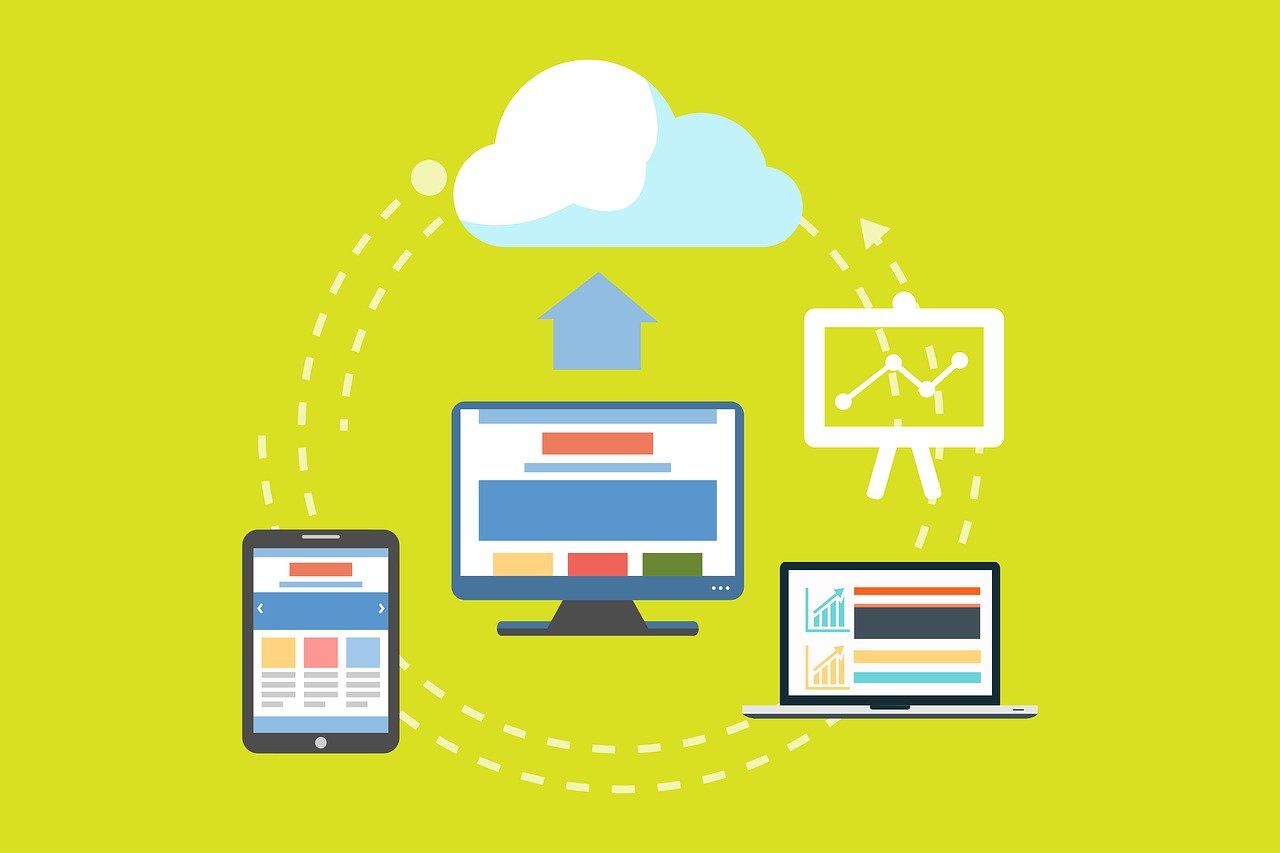In a tight market for available workers, some companies are responding by loosening hiring requirements such as the need for a bachelor’s degree. The Body Shop, which piloted an open hiring program in 2019, no longer requires drug tests, background checks, or other education or work experience for jobs in its warehouses and retail locations. Likewise, UPS, in a quest to hire 100,000 seasonal workers for the holidays, eliminated any job application questions and hiring steps unless they were required for payroll or government audits. Applicants for certain UPS positions can get a conditional job offer in just 10 minutes. Some of these requirements may return when the employment market eases, but others may stay as a means to bring previously overlooked applicants into the workforce.
THE AMERICAN RECOVERY PLAN ACT (ARPA)
Monthly Child Tax Credit Payments
Has your income or family situation changed since you filed your 2020 tax return? If so, you may want to visit the IRS Child Tax Credit Portal. Last week, the IRS made changes to the portal to allow families to update their income. You must make any updates by midnight on November 29 for the change to be effective for the December payment. Families whose income has dropped below or risen above the threshold for full payments may want to make that change on the portal. Single filers with income below $75,000 and joint filers with income below $150,000 are eligible for the full payment. Any adjustments to payments will be made with the December payment.
As a reminder, if you want to opt out of future payments, you must opt out by the deadline for the next month’s payment. Check out the IRS FAQs where you’ll find everything you need to know about opting out in Section J.
TAX MATTERS
The infrastructure bill passed by Congress last week has just a few tax provisions. The employee retention credit (ERC), which was passed as part of the CARES Act, will be ending early, on September 30, 2021, instead of December 31. Except for eligible recovery startup businesses, wages paid after September 30, 2021 will not be eligible for the credit. Brokers of cryptoassets will now be required to report certain information to the IRS.
The IRS has announced changes to retirement account contribution limits for 2022. Starting in 2022, employees can now contribute up to $20,500 per year to 401(k), 403(b) and most 457 plans, an increase from $19,500. Contribution limits for IRAs remain unchanged, at $6,000 per year with an additional catch-up contribution of $1,000 for those over the age of 50. Phase-out limits for making IRA contributions have also increased, which may allow additional employees to make IRA contributions, even if they or their spouse also has access to a retirement plan at work.
THE GREAT REASSESSMENT
The Great Resignation is giving rise to the boomerang employee: former workers who return to the company after leaving for some period of time. Cell phones and social media make it easier for company recruiters to stay in contact with employees who leave. Former employees are easier to onboard and to integrate into a company’s culture, as well as sending a positive signal to current employees about the quality of the company and its brand as an employer. The best time to reach out to former employees is six months to a year after they leave. This gives them the opportunity to obtain new skills they can bring back and is a short enough period to keep the workplace familiar. Employees can benefit when they return by requesting higher pay, a promotion, or additional flexibility in hours or remote options.
Those employees who have stayed are facing burnout as they take on additional responsibilities. Employees in this situation have a few options. Asking others in the workplace for help or time off will at least alert managers that there’s a problem. Making a prioritized list of the changes you’d like as a negotiating tool will increase your chances of receiving additional pay, a promotion, or other perks, but only if you’re willing to leave if management does not budge. Exploring your options can lead to long-term increases in pay. Employers who don’t want to lose high performers should find ways to support them so they don’t leave.
Before the pandemic, burnout was mostly an issue among younger people working multiple jobs in the gig economy. But according to a recent survey, 80% of respondents are seeing an increase in employee burnout. Fortunately, most employers are aware and are introducing ways to help reduce workplace stress. The same survey also found that remote work is likely to continue as an option for some time.
The name commonly given to the current transformation of the workplace – The Great Resignation – may be missing the point, according to Anthony Klotz, the professor who coined the term in an interview with Bloomberg. According to Klotz, the biggest takeaway is not so much that people are leaving jobs in large numbers, but rather, the reasons why they are leaving: stress, a shift to remote work, and a reconsideration of life priorities. By focusing on the shift in employment status, we may also be missing the opportunity to reassess work and how it impacts the other parts of our lives – our friends, families, government, and the search for meaning in our lives.
REOPENING THE OFFICE AND REMOTE WORK OPTIONS
While employees say they want increased flexibility and more remote work options, research by Harvard Business Review seems to indicate that what they really want is autonomy. In a recent survey, respondents want flexibility, but also want the ability to determine how, when, and where they do their work, without mandates from employers. The authors recommend that instead of policies governing remote work and flexibility, employers adopt principles that allow workers to determine best how and where to perform their jobs. Investing in ongoing skills training gives employees the competence and confidence to work autonomously. Providing knowledge workers with the technology they need to do their work also contributes to their ability to do their work well.
ECONOMY
The global economy has largely recovered from the deep and sudden contraction brought on by the pandemic, but now begins the tricky work of transitioning back to a normal pace of growth. Central banks are navigating a delicate balance between lowered interest rates that may trigger inflation and raising interest rates too quickly which could stifle economic growth. Consumer demand surged in the wake of stimulus payments, triggering disruptions to global supply chains that will take several months to unwind. Shortages in raw materials are causing price hikes, which in turn are impacting manufacturers’ abilities to remain solvent while meeting demand for their products.
GENERAL RESOURCES
- IRS resources for stimulus payments:
- Use the Get My Payment tool to check on EIP payment status
- Eligibility and general information about Economic Impact Payments
- A list of frequently asked questions for stimulus payments
- IRS information about the Advance Child Tax Credit Payments
- Portal to update information
- A list of frequently asked questions on the advance Child Tax Credit Payments
- The best source for up-to-date and accurate health information is the Center for Disease Control (CDC)
- Entrepreneur put together a listing of free tech resources for remote work
- The Consumer Financial Protection Bureau has warnings about COVID-related scams
- Fast Company has a listing of the best productivity apps for 2020
- PC Magazine explains how to carry your vaccination card on your phone
- How to create a strong password
We sincerely hope that you and your family are well and remain well. If you have any questions or concerns, don’t hesitate to reach out to us. We are all in this together!


